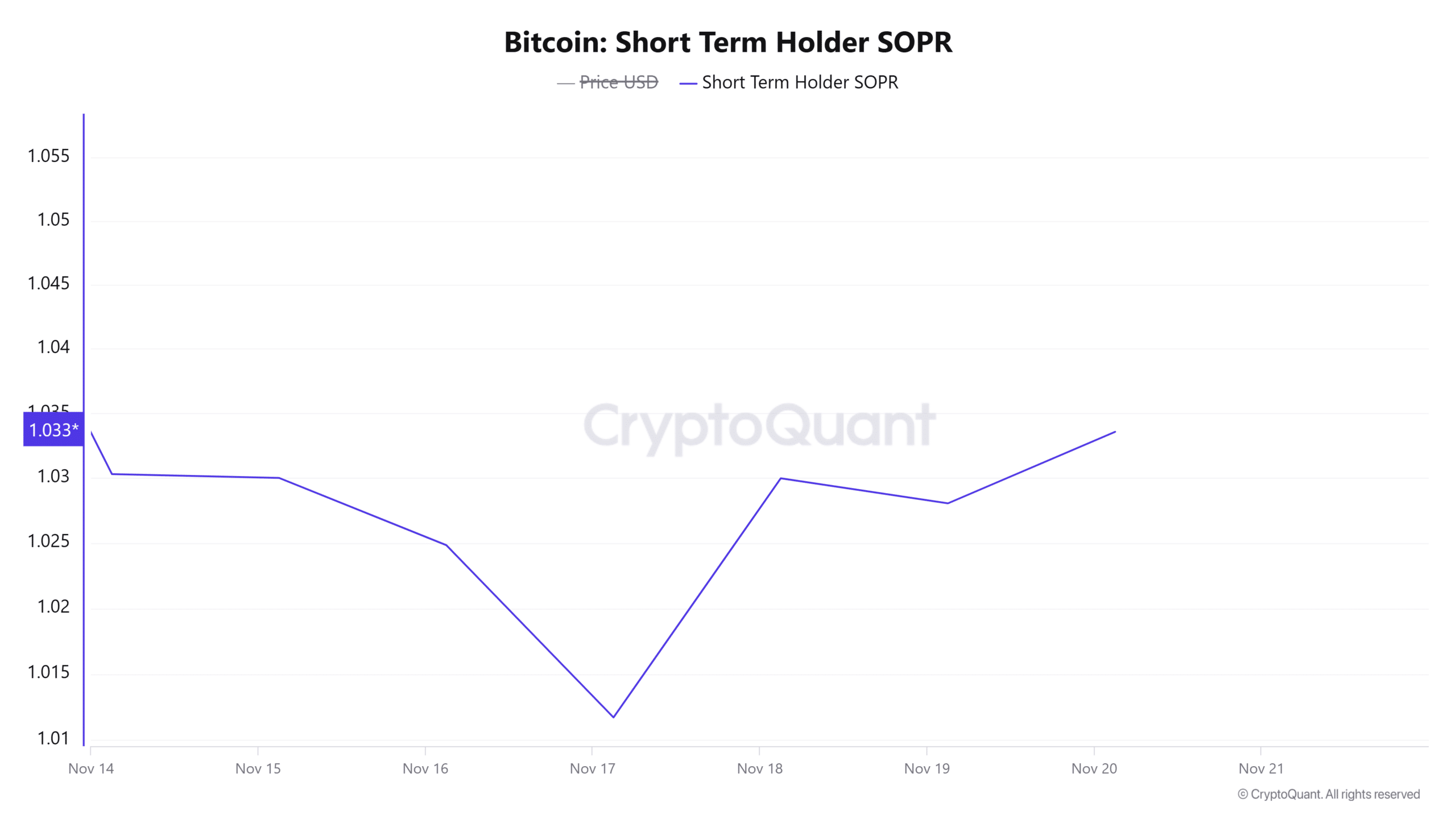-
Bitcoin’s recent surge towards $100,000 highlights increasing institutional demand and selling pressures from long-term holders.
-
As Bitcoin (BTC) reaches new all-time highs, market dynamics shift with long-term holders taking profits and institutions stepping up.
-
“BTC has shown resilience by absorbing the selling pressure, with ETFs playing a crucial role,” noted a recent report by COINOTAG.
BTC is poised for further growth as institutional demand rises, but long-term holders may cause short-term volatility by taking profits.
Spot Bitcoin ETFs Are Absorbing Selling Pressure
Institutional demand in Bitcoin, primarily through spot Bitcoin exchange-traded funds (ETFs), has been a critical factor in absorbing the selling pressure exerted by long-term holders. As these holders, who own approximately 14 million BTC, begin to realize profits, the influx of capital into ETFs has helped stabilize prices in an otherwise volatile environment.
According to data from SoSoValue, ETFs have seen weekly inflows averaging between $1 billion and $2 billion in recent weeks. Glassnode reported that from October 8 to November 13, Bitcoin ETFs absorbed an impressive 93% of the coins sold by long-term holders. This mechanism has allowed the price of BTC to continue its upward trajectory despite increased selling.
However, the latest statistics show that long-term holders have accelerated their selling activities, resulting in a recent imbalance between supply and demand. This may cause potential price volatility if the selling continues to outpace the demand from ETFs.
Are Short-Term Bitcoin Holders Also Taking Profits?
Data analyzed by CryptoQuant reveals that the short-term holder Spent Output Profit Ratio (SOPR) has surged to its highest level in over a week. Currently, the SOPR sits at 1.03, indicating that coins moved by these traders are valued at 3% above their purchase price. This metric suggests that short-term holders are not yet taking profits aggressively, as they balance the prospect of further price increases against current profitability.

Moreover, with the market currently reporting extreme greed, short-term holders—who typically capitalize on swift price fluctuations—appear to be holding or accumulating rather than selling off their assets.
Bitcoin Short Sellers Re-Enter the Market
The dynamics of long-term holders are also impacting the Bitcoin futures market. Recent data from Coinglass indicates that 61% of traders on Binance have opted for short positions on BTC, marking the highest percentage of short positions in over a week. This surge in short-selling aligns with market sentiment that regards the $100,000 mark as a formidable resistance level.

If Bitcoin exceeds this $100,000 threshold, a potential short squeeze could trigger forced buying, further pushing prices upwards.
Conclusion
In summary, while Bitcoin’s price continues to climb, the balance between institutional demand and long-term holders taking profits is critical. As profits take shape for long-term holders, the market must be vigilant of potential volatility arising from this selling pressure. Nevertheless, the robust inflow from spot Bitcoin ETFs suggests that demand is not waning, positioning BTC for an optimistic outlook as we move forward.
